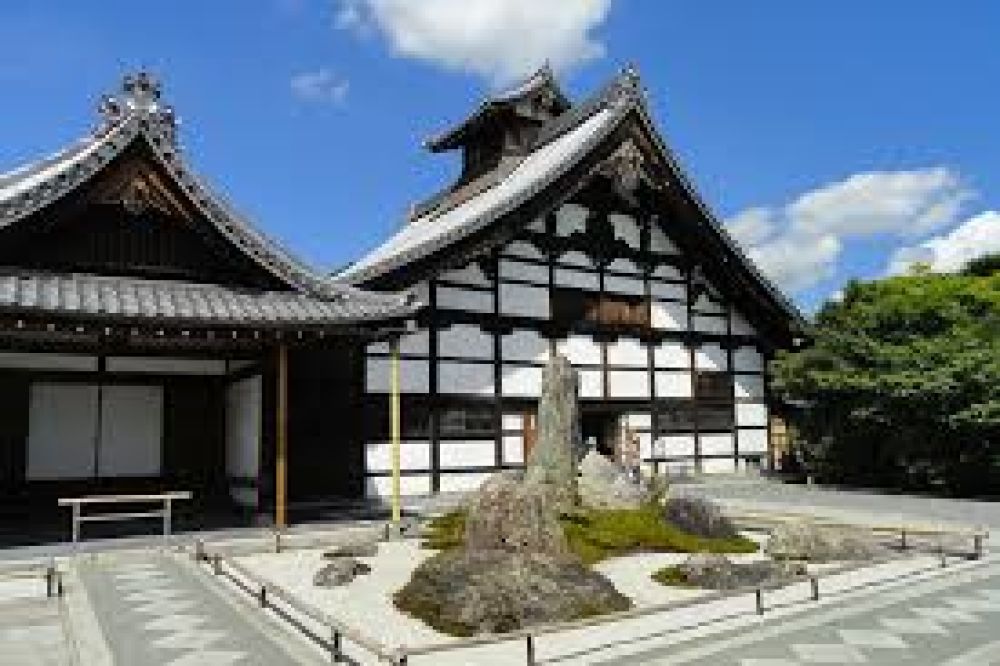

Established in 1339, Tenryuji Temple has been a significant cultural and historical site in Kyoto, Japan. As the head temple of the Tenryu branch of Rinzai Zen Buddhism, its importance extends to various aspects of Japanese culture, including religion, art, and history. The temple was built by the shogun Ashikaga Takauji in memory of Emperor Go-Daigo, marking a poignant event in Japanese history. Located in the scenic Saga-Arashiyama area of western Kyoto, the temple complex offers exquisite views of the surrounding nature and is particularly famous for its stunning garden designed by the famed landscape architect Muso Soseki.
Over the centuries, Tenryuji Temple has faced numerous disasters, including fires, and has been rebuilt several times. Despite these adversities, the temple has retained its significance and is now designated as a UNESCO World Heritage Site. Tourism at Tenryuji began to flourish after the Meiji Restoration in the late 19th century when travel became more accessible, and cultural curiosity expanded among both Japanese nationals and foreigners.
In recent years, Tenryuji Temple has seen an upswing in tourist activity, aligned with the global interest in heritage sites and spiritual tourism. Travelers from around the world are drawn to the tranquility and beauty of the temple's grounds, including its famous Sogenchi Garden, which is considered a high point of Japanese landscape design and is a protected site as a Special Place of Scenic Beauty. Visitors are also captivated by the Cloud Dragon painting on the ceiling of the Hatto (Dharma Hall), which is a masterpiece of modern Japanese art.
The modern advancement of tourism at Tenryuji also includes the appreciation of Japan's cultural customs and the Zen practices that the temple facilitates. Initiatives like Zen meditation sessions for visitors, and the ability to experience Buddhist rituals, have captured the imaginations of tourists looking for authentic experiences.
Tourism at Tenryuji is mindful of preserving the serenity and integrity of the site. Efforts are made to ensure that the footfall of visitors does not disturb the spiritual atmosphere or cause damage to the historic structures and landscapes. Moreover, seasonal changes in Kyoto bring different waves of tourism to Tenryuji, with the cherry blossom season in spring and the changing leaves in autumn being particularly popular.
In the face of modern challenges, such as the COVID-19 pandemic, Tenryuji has adapted by implementing safety measures and sometimes restricting visitor numbers to prevent overcrowding. As the world recovers and tourism begins to re-emerge, Tenryuji remains a premier destination for those seeking the cultural richness and natural beauty of Kyoto.
All in all, Tenryuji Temple is more than just a historic site; it's a living part of Kyoto's cultural landscape, inviting visitors to explore its rich history and partake in its ongoing traditions.